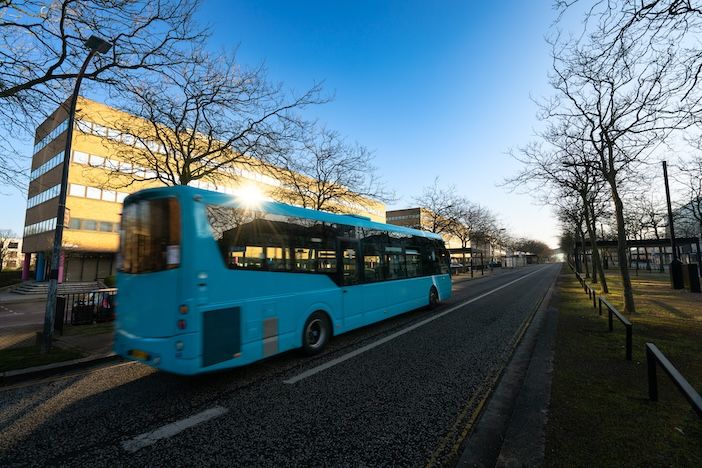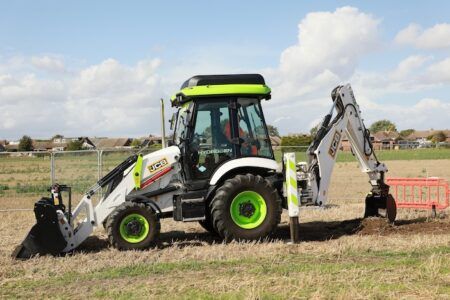Plans for an electric-bus based mass rapid transit (MRT) network in Milton Keynes are gaining momentum following the city’s selection as one of 12 locations for the UK Government’s New Towns Taskforce.
It was confirmed in late September that the UK will progress work on the next generation of new towns across England, following publication of an independent report by the New Towns Taskforce led by Sir Michael Lyons. The taskforce was commissioned to explore different approaches to large-scale development and has recommended a mixture of large-scale communities including urban extensions, urban regeneration, and standalone greenfield sites.
Each new town should have at least 10,000 homes with an ambition for a minimum of 40% affordable housing, half of which will be for social rent, according to the taskforce’s recommendations. The government is determined to begin building in at least three new towns in this parliament and has established a New Towns Unit to progress development.
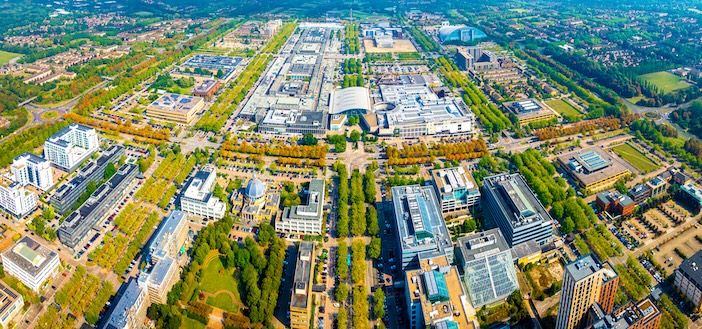
The current city of Milton Keynes was constructed as a fully-planned development part of a previous new town project in the 1960s, now it has been designated as a possible Renewed Town – with plans to reinvigorate the city center and expanding to the north and east whilst reshaping the way people travel by delivering the MRT system, which can also be referred to as a BRT (bus rapid transit) due to its reliance on busses.
Milton Keynes City Council has been developing proposals for the MRT system – which will use modern electric buses on dedicated lanes, running a bit like trams – as part of efforts to address the city’s historic over-reliance on private cars.
Chris Curtis, the Labour MP for Milton Keynes, told the BBC the project would “correct” what he described as a “historic mistake” of putting “too much reliance on the car” when the city was first designed an built.
“We’ve got to acknowledge that we got some things wrong in the way that we did it in the 60s and 70s,” he told the BBC. “One of those things is we’ve got too much reliance on the car and we didn’t put a proper public transport system back in place when we first built [Milton Keynes].”
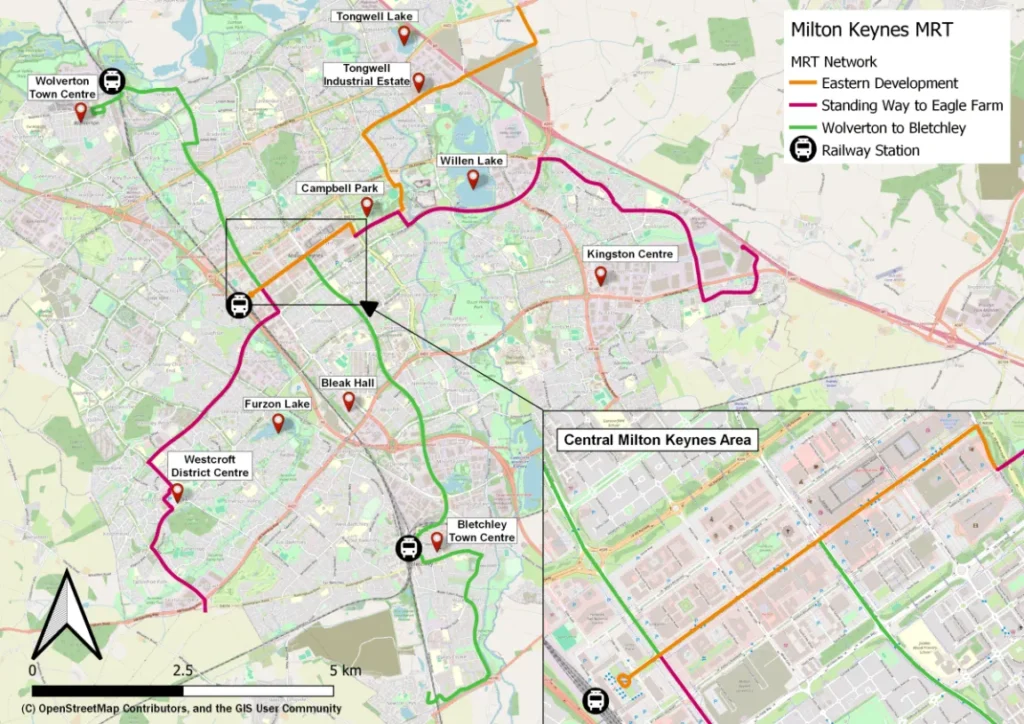
The proposed Phase 1 network will span approximately 50km across five main corridors with services running every 10 minutes during daytime hours and every 20 minutes during evenings and Sundays. Journey times are projected to be up to 15 minutes faster than current bus services for typical suburb-to-center trips.
According to a Strategic Outline Business Case completed by consultancy Arup in March 2023, the system addresses urgent transport challenges facing the rapidly growing city. Without intervention, car journey times in Milton Keynes are expected to increase by 14% by 2031, while the number of car journeys could rise by 35% by 2045 – equivalent to an additional 166,000 vehicle trips per day.
The business case estimates capital costs at approximately £200m and projects the system will generate over £800m in economic benefits, delivering £4 in returns for every £1 invested. The MRT is expected to carry over 2 million passengers annually and remove 20,000 car kilometers from the city’s roads each day, reducing carbon emissions by 15,000 tonnes per year.
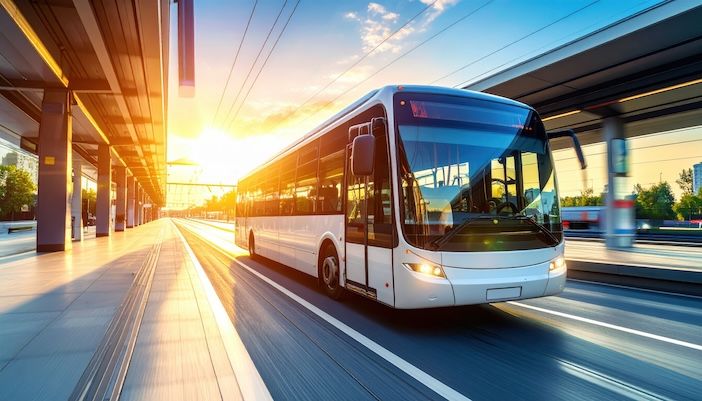
Jill Farnsworth, chief executive of Milton Keynes BID, told the BBC the transport system could be “transformational.” “It is so great to see Milton Keynes getting recognised as a place for growth potential,” she said. “Any increase in the residential population in the city centre will have a hugely positive affect because it will mean more customers for businesses, more job opportunities, and a wider talent pool for businesses when they are recruiting.”
The MRT forms a cornerstone of the strategy to accommodate population growth from 265,000 to 410,000 by 2050, supporting 30,000-35,000 new homes and between 50,000-90,000 additional jobs. The system is designed to enable higher-density development along its corridors, increasing from 35 to 45 dwellings per hectare.
The initiative fulfils a vision first proposed over 50 years ago by the Milton Keynes Development Corporation, whose 1970s planners originally suggested an electric transit network or monorail system to provide “opportunity and freedom of choice” for residents – plans that never materialized at the time.


